Canned foods have long been hailed as the ultimate pantry MVPs—shelf-stable, budget-friendly, and ready when you are. Whether you’re whipping up a quick chili, stocking your emergency stash, or just trying to make it through a busy week, the convenience factor is undeniable. But here’s the catch: not all canned goods are created equal. Hidden beneath that easy-open lid could be a cocktail of preservatives, sky-high sodium, questionable fats, or even ingredients that nutrition experts would rather see stay far away from your dinner plate.
Sure, there are healthy canned options out there—beans, tomatoes, and even some fish make the grade. But others? They’re little more than ultra-processed shortcuts masquerading as time-savers. And the worst offenders tend to be the ones that have stood the test of time on store shelves—those retro favorites you’ve probably grabbed without a second thought. Vienna sausages, we’re looking at you.
This list isn’t about scaring you into tossing everything in your pantry. It’s about awareness. Understanding what’s in your can—and what it’s doing to your health—is the first step toward smarter shopping and better eating. These 12 canned foods may be convenient, but they come with hidden nutritional pitfalls that dietitians say simply aren’t worth it. Some are overloaded with sodium; others are sneaky sources of added sugar, trans fats, or controversial additives. A few even come with environmental or contamination concerns that should give you serious pause.
So before you crack open that lid, take a moment to consider what’s really inside. Here are the top canned culprits that experts agree are better left on the shelf—or replaced with fresher, cleaner alternatives. Your pantry (and your body) will thank you.
1. Fruit Cocktail
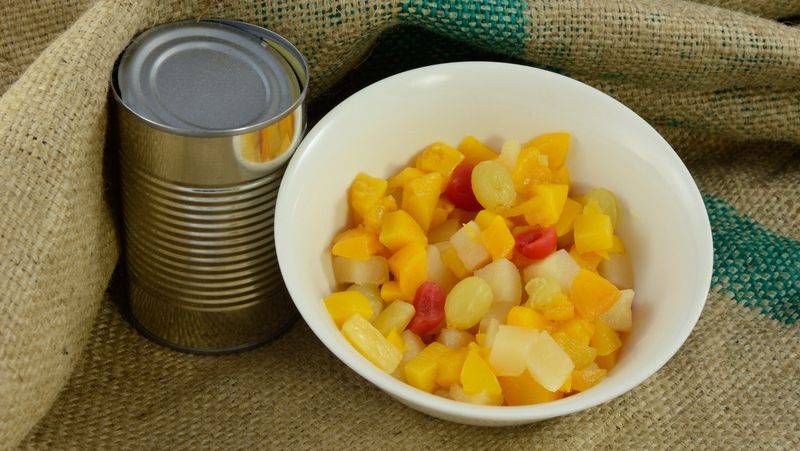
Remember those colorful fruit cups from childhood lunches? Those innocent-looking fruit cocktails are swimming in heavy syrup that can contain up to 20 grams of added sugar per serving!
The canning process already strips fruits of vital nutrients, but manufacturers compound the problem by drowning these fruits in sugar solutions. Regular consumption can lead to weight gain, increased inflammation, and unstable blood sugar levels.
For a healthier alternative, choose fresh seasonal fruit or frozen options without added sweeteners. If canned fruit is your only option, look specifically for varieties packed in water or 100% fruit juice instead of syrup.
2. Refried Beans
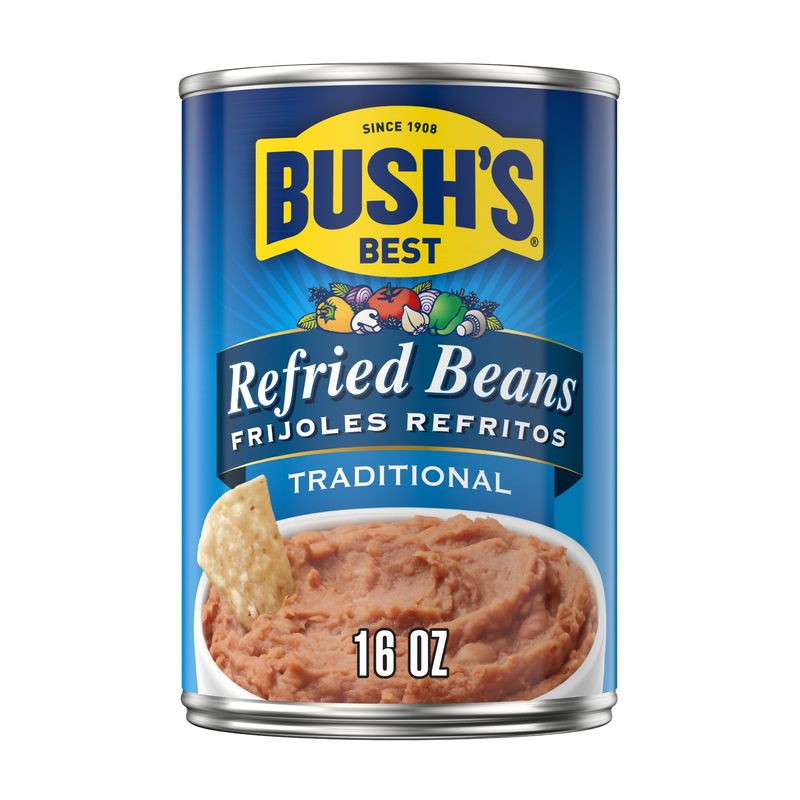
Convenient? Absolutely. Healthy? Not so much. A single serving of canned refried beans can contain nearly 25% of your daily sodium allowance, setting you up for potential blood pressure issues.
Many brands use lard as a flavor enhancer, significantly increasing the saturated fat content. The combination of high sodium and fat creates a nutritional disaster that contradicts beans’ natural health benefits.
Making your own refried beans takes just 15 minutes using canned whole beans (rinsed to remove excess sodium) or dried beans. Simply mash them with spices and a small amount of heart-healthy olive oil for a vastly improved nutritional profile.
3. Canned Pasta

Those nostalgic cans of spaghetti or ravioli might bring back childhood memories, but they’re nutritional nightmares. A standard can contains more sugar than a small cookie and sodium levels comparable to eight slices of bacon!
The pasta inside these cans is typically overcooked and mushy, having lost most of its nutritional value during processing. Worse yet, the sauces contain artificial colors, flavors, and preservatives that have been linked to hyperactivity in children.
For quick pasta meals, keep dried pasta and jarred sauce on hand—you’ll get a fresher meal with less processing in nearly the same amount of time it takes to heat canned options.
4. White Tuna
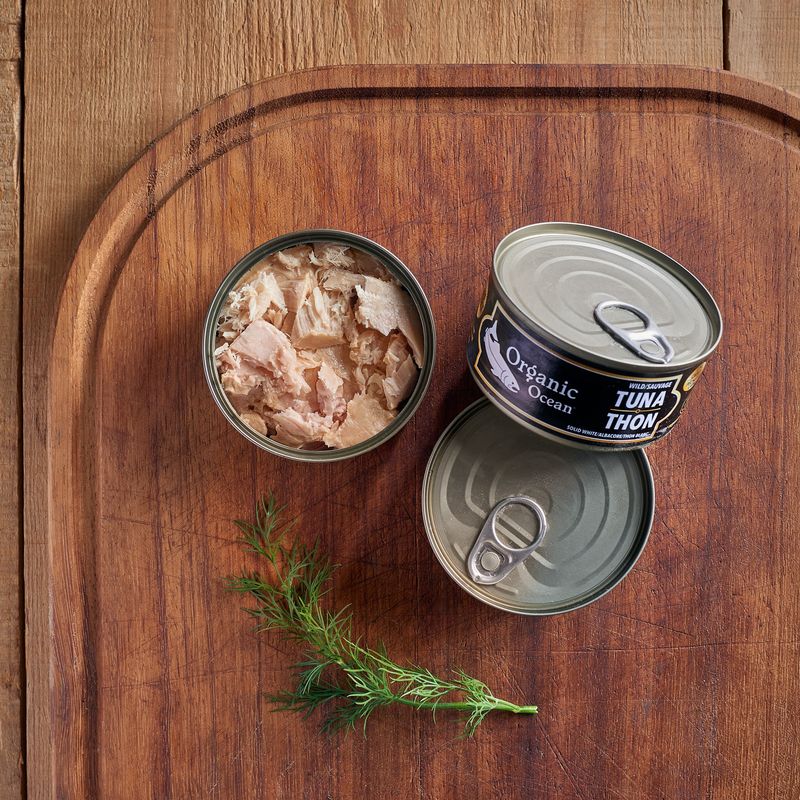
Not all canned tuna is created equal! Albacore (white) tuna contains three times more mercury than light tuna varieties, making it a potential health risk when consumed frequently.
Mercury is a neurotoxin that can damage the nervous system and is particularly dangerous for pregnant women, nursing mothers, and young children. The larger albacore tuna grow older and accumulate more mercury from consuming smaller fish.
If tuna is a staple in your diet, switch to light or skipjack varieties which have lower mercury levels. Limit white tuna consumption to once weekly for adults and even less frequently for children to minimize exposure to this harmful heavy metal.
5. Vienna Sausages

Those tiny, pale sausages in gelatinous goo might be convenient for camping trips, but they’re among the most processed meat products available. A single serving packs over 25% of your daily sodium limit while offering minimal nutritional benefits.
Vienna sausages contain mechanically separated chicken, pork, and beef—essentially meat scraps processed into a paste. They’re preserved with sodium nitrite, a controversial additive linked to increased cancer risk when consumed regularly.
For protein on the go, consider healthier portable options like nuts, seeds, or pre-cooked chicken strips. Your body will thank you for skipping these mystery meat tubes that nutritionists consistently rank among the worst processed foods available.
6. Canned Soups
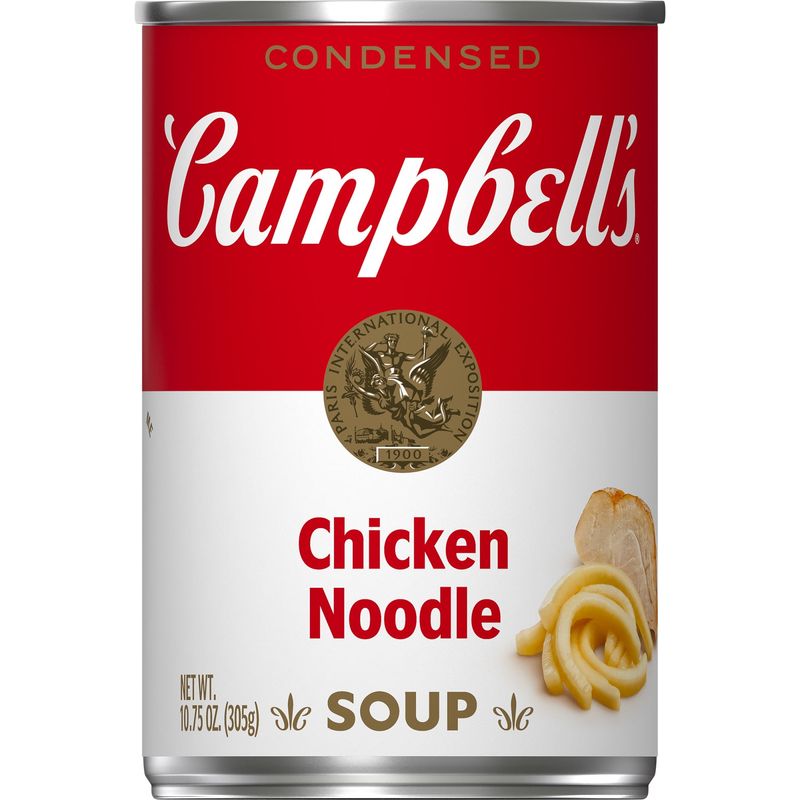
That comforting can of chicken noodle might seem like a health-conscious choice when you’re feeling under the weather, but it’s hiding a sodium secret. Many popular brands pack over 900mg of sodium per cup—more than a large order of fast-food fries!
Beyond sodium concerns, many canned soups contain MSG, which can trigger headaches and discomfort in sensitive individuals. The vegetables inside have typically lost significant nutritional value during the high-heat canning process.
When soup cravings strike, look for low-sodium varieties or make big batches of homemade soup to freeze in portion-sized containers. This approach gives you comfort food without the health compromises.
7. Corned Beef
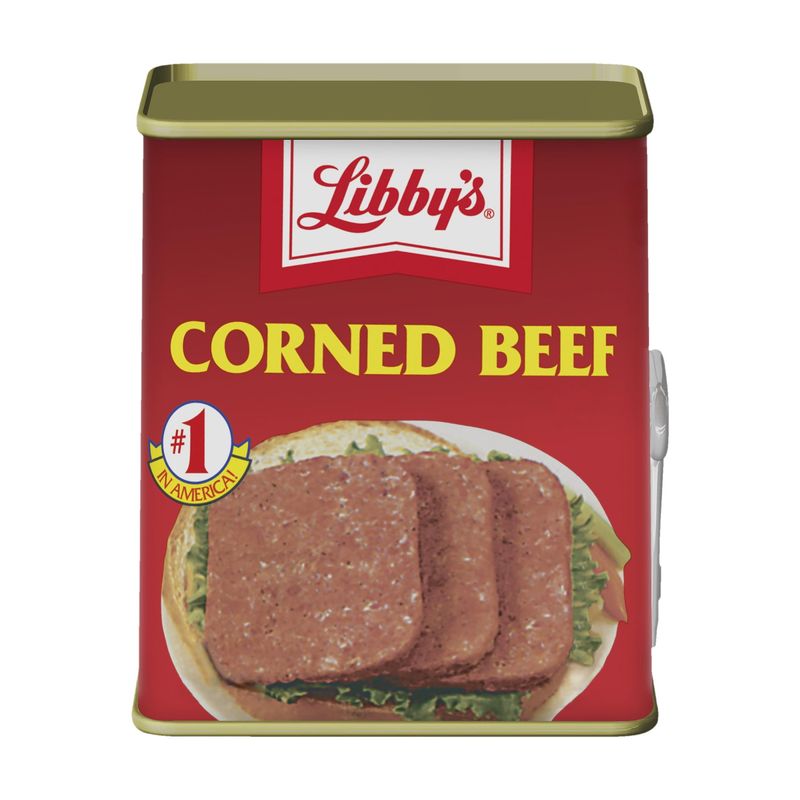
That distinctive rectangular can holds a surprising amount of health risks. Canned corned beef delivers a whopping 24 grams of fat and over 950mg of sodium in a single serving—numbers that would make any cardiologist cringe!
The preservation process for corned beef involves curing with salt and sodium nitrite, creating compounds called nitrosamines that have been classified as potential carcinogens. Regular consumption has been linked to increased risk of colorectal cancer and heart disease.
For sandwiches or hash, consider leaner protein alternatives like freshly cooked turkey breast or even plant-based options that offer similar satisfaction without the concerning health profile of this processed meat product.
8. Canned Chicken
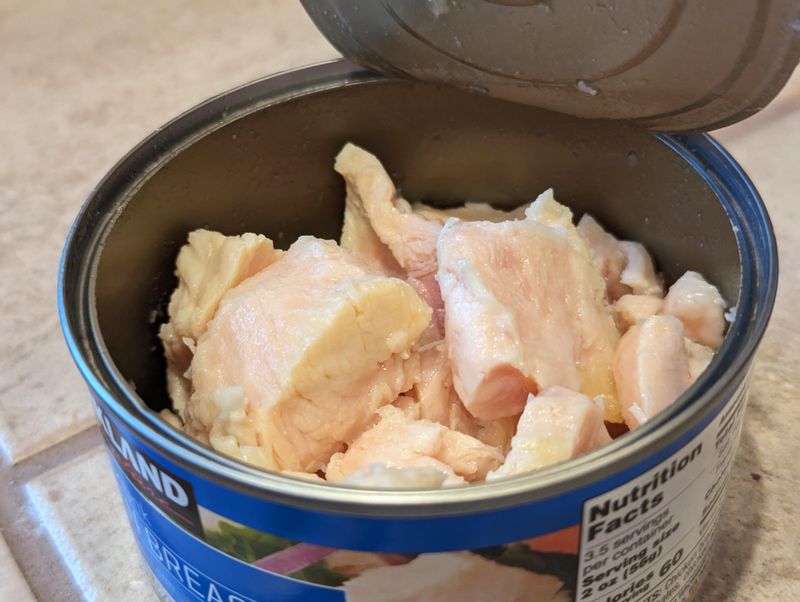
The convenience factor of pre-cooked canned chicken comes with a significant nutritional cost. Most brands add flavor enhancers, stabilizers, and sodium phosphates that you’d never use when cooking chicken at home.
A standard serving contains approximately 45% of your daily sodium allowance, contributing to water retention and increased blood pressure risk. The texture often becomes rubbery and dry due to the high-heat preservation process.
Meal-prepping chicken breasts at home and storing portions in your freezer provides the same convenience without the additives. Alternatively, look for brands that specifically state “no added salt” and have minimal ingredients listed on the label if you must keep canned options on hand.
9. Canned Clams

Seafood lovers beware—those tiny canned clams might be harboring more than just oceanic flavors. Despite washing processes, many canned clams retain sand particles that create an unpleasant grittiness when added to pasta dishes or chowders.
The brine solution typically contains excessive sodium levels, with some brands packing over 800mg per serving. This high salt content negates many of the heart-healthy benefits clams naturally provide through their omega-3 content.
Fresh or frozen clam options provide superior texture and flavor while allowing you to control sodium levels. If canned varieties remain necessary, thoroughly rinse the clams in a fine-mesh strainer before use to remove excess salt and potential grit.
10. Canned Chili
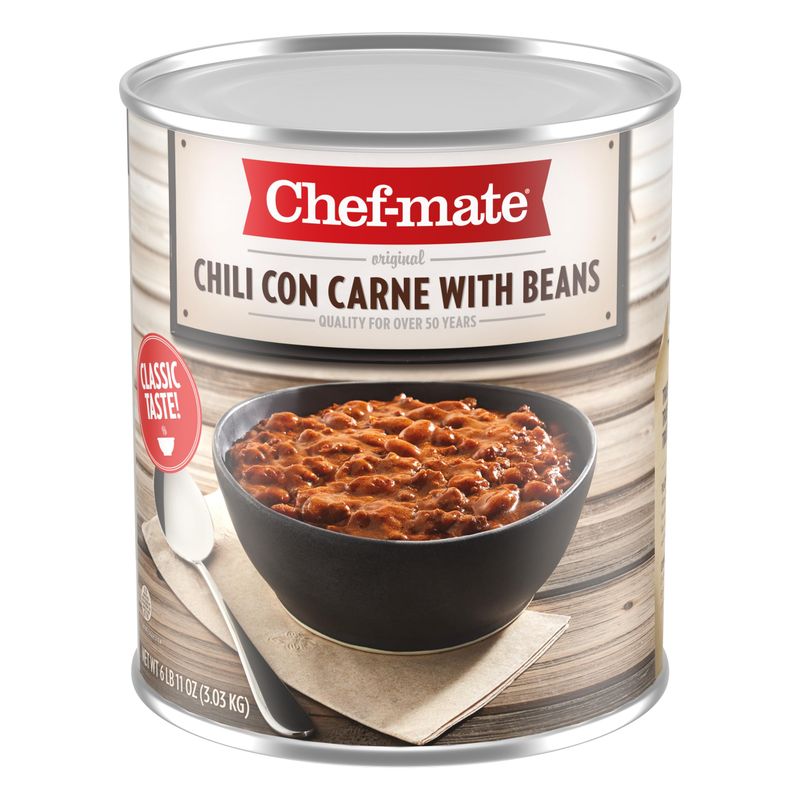
That quick bowl of chili comes with a hidden cost to your health. A typical can of meat-based chili contains up to 14 grams of fat, much of it saturated, plus nearly 1,200mg of sodium—half your daily limit in one small can!
Many brands use low-quality meat trimmings and textured vegetable protein as fillers. The beans, while nutritious on their own, can’t compensate for the excessive preservatives and modified food starch typically added as thickeners.
Slow cookers make homemade chili nearly as convenient as opening a can. Prepare a large batch using lean ground turkey or plant-based proteins, then portion and freeze for quick meals with dramatically improved nutritional profiles.
11. Canned Cheese Sauces
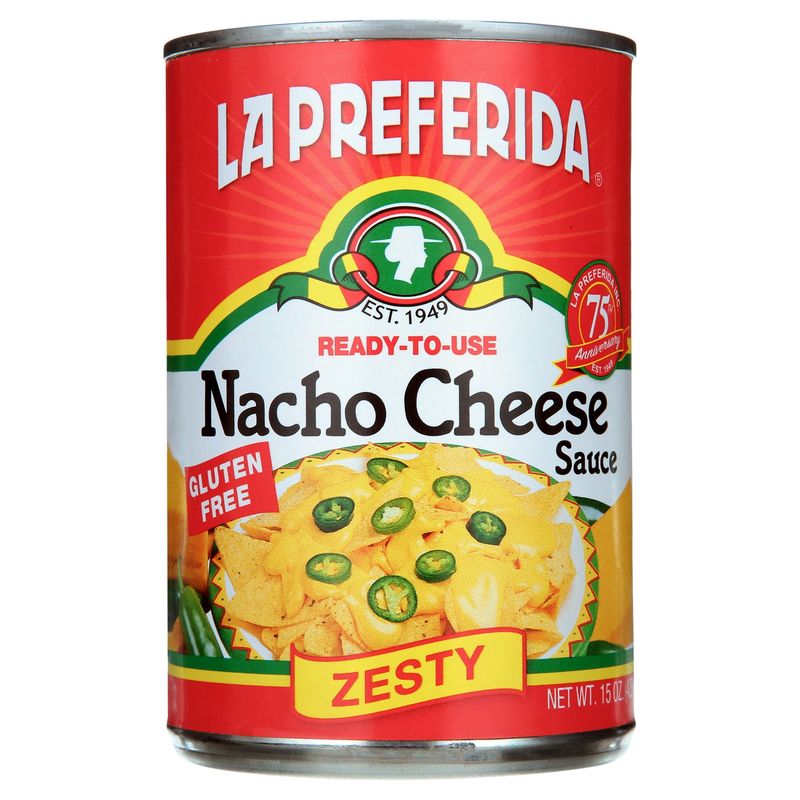
That unnaturally orange cheese sauce might make nachos easy, but it barely qualifies as actual cheese. Most canned cheese products contain more oil, modified food starch, and sodium phosphate than real cheese!
A serving delivers approximately 500mg of sodium and multiple artificial colors linked to attention problems in sensitive individuals. The oils used are typically partially hydrogenated, meaning they may contain trace amounts of trans fats despite label claims.
Making cheese sauce from scratch takes just minutes using real cheese and milk. For convenience, some refrigerated cheese sauces offer cleaner ingredient lists than their shelf-stable counterparts, making them worth the slight extra effort to locate.
12. Canned Fried Dace with Salted Black Beans
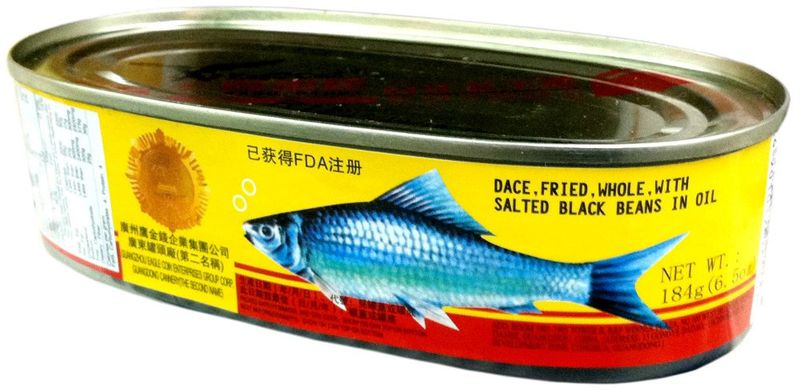
Popular in Asian cuisine, canned fried dace with salted black beans has raised serious health concerns. Food safety authorities have found traces of malachite green—a fungicide and potential carcinogen—in multiple brands of this specialty item.
Beyond contamination risks, a single serving contains nearly 1,500mg of sodium, making it one of the saltiest canned products available. The fish is typically deep-fried before canning, creating high levels of oxidized fats that contribute to inflammation.
Fresh fish preparations offer significantly better nutritional profiles without the preservation chemicals. If you enjoy the distinctive flavor, consider making a homemade version using fresh dace or other small fish with controlled amounts of salt and oil.
Leave a comment